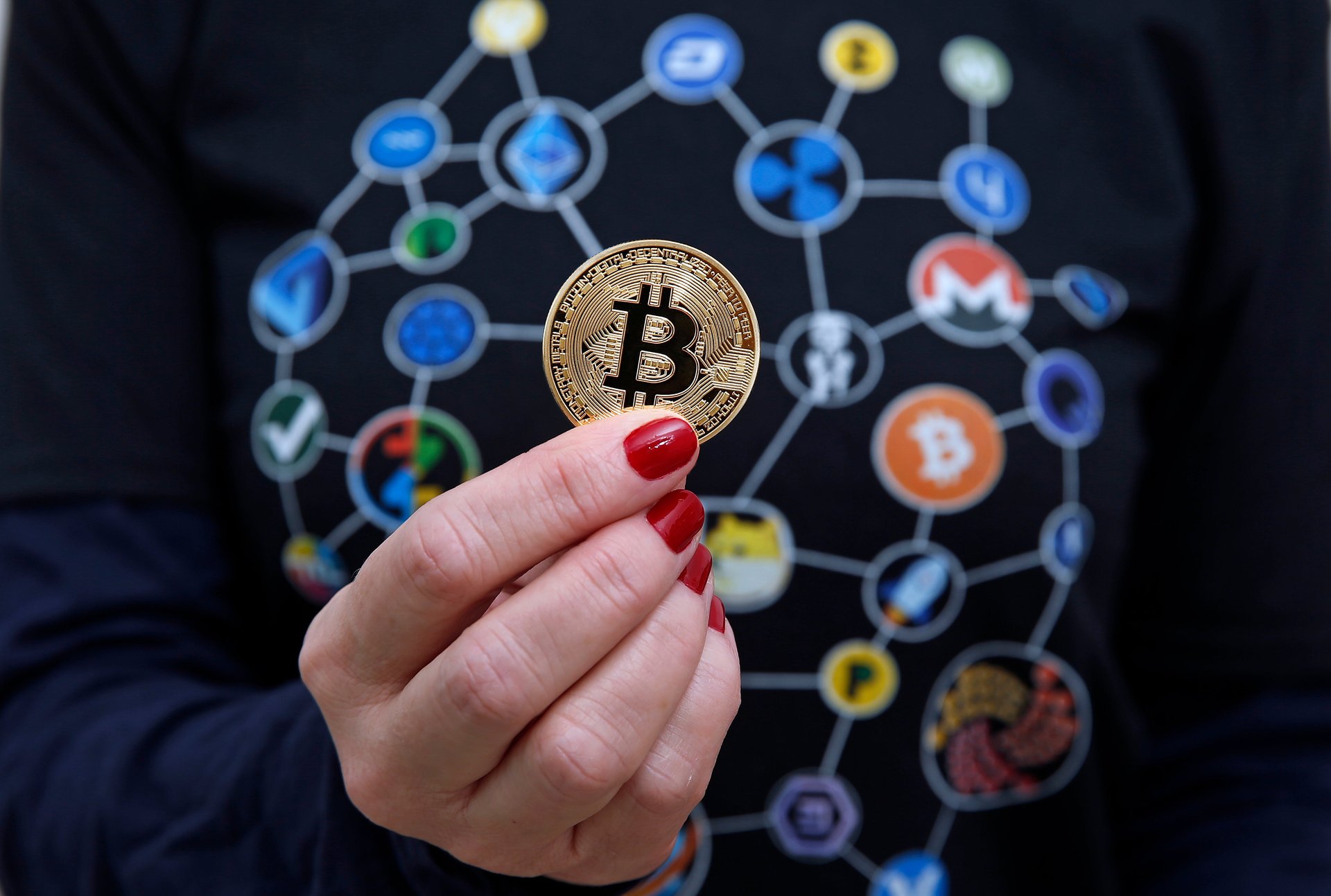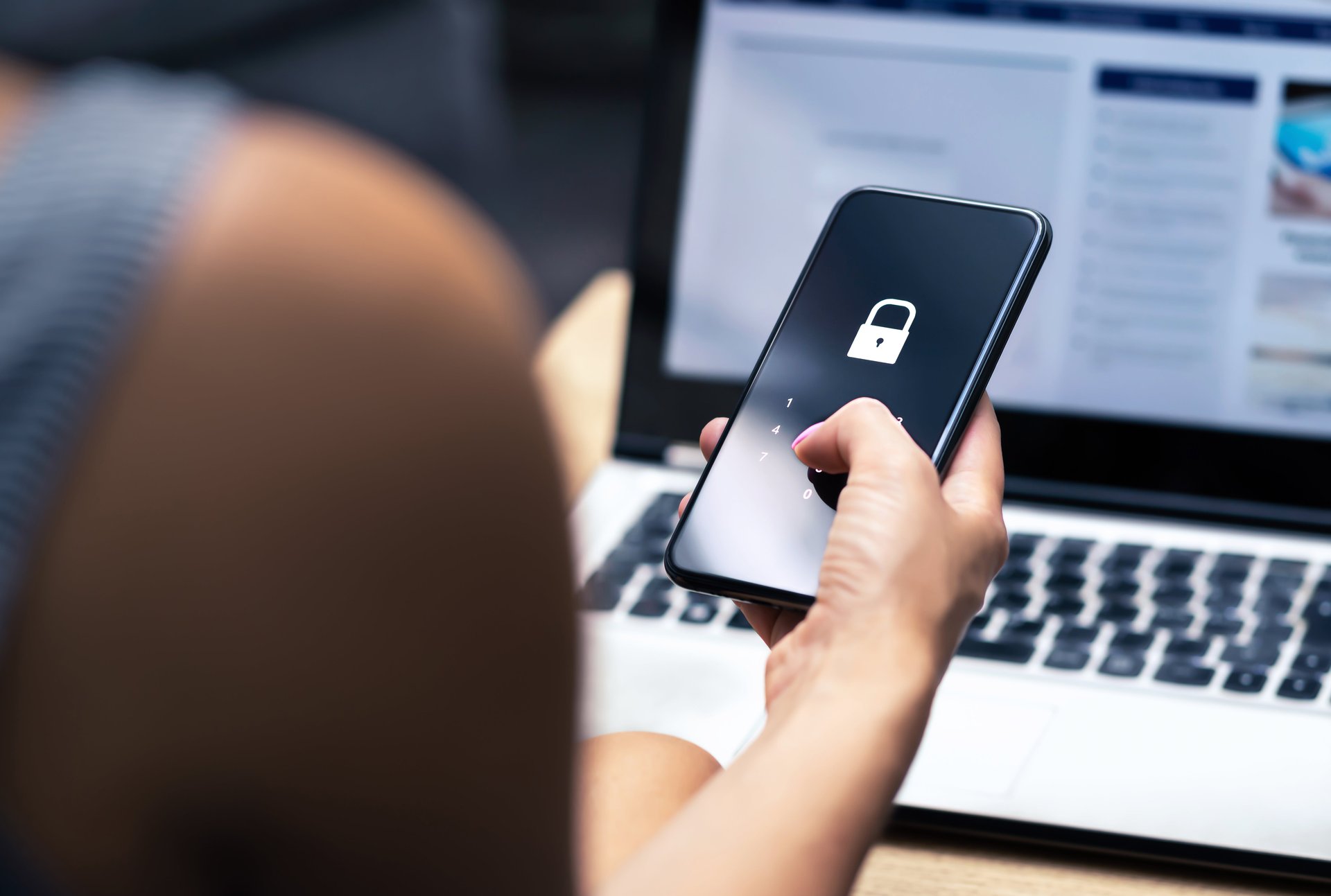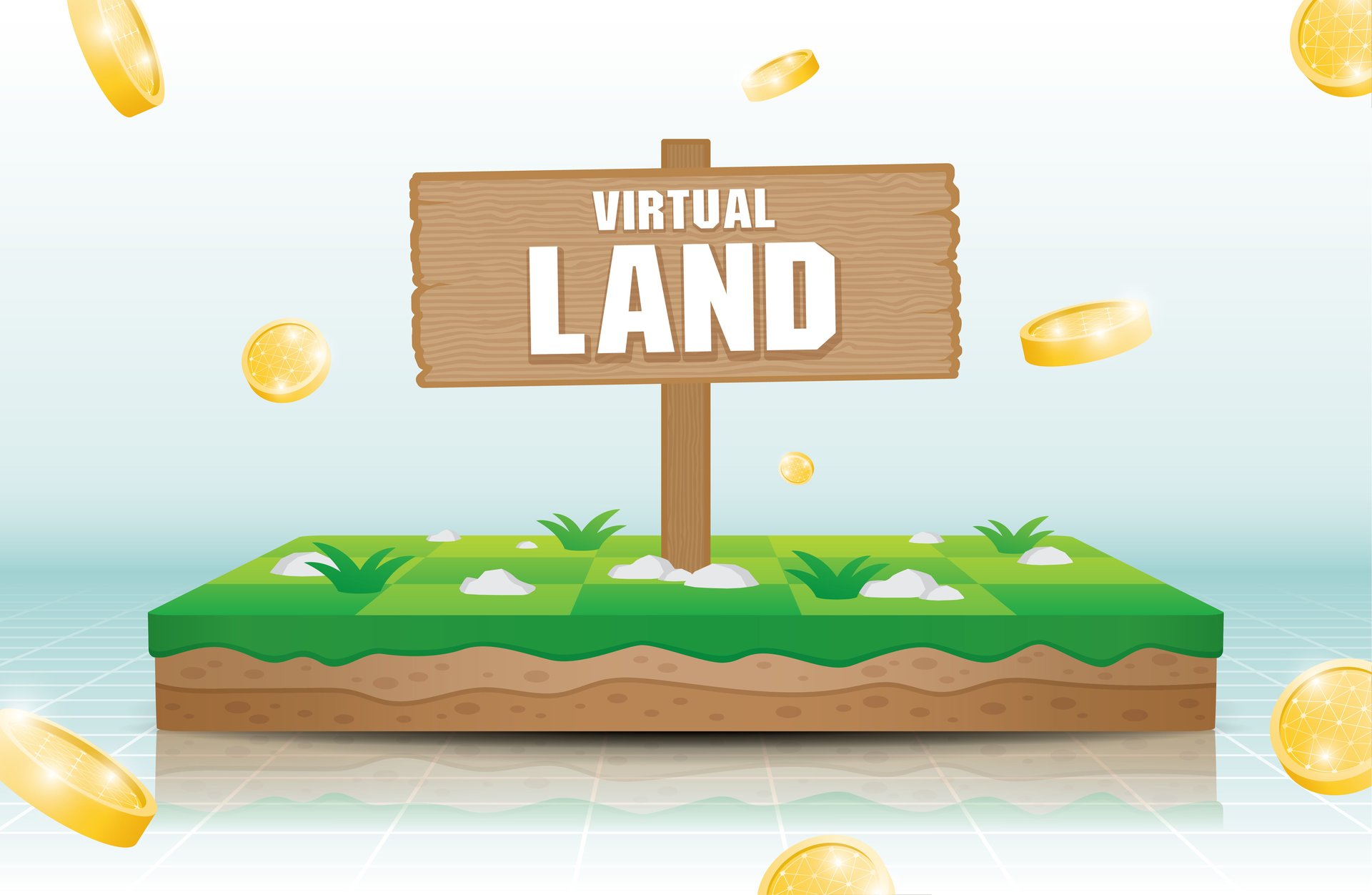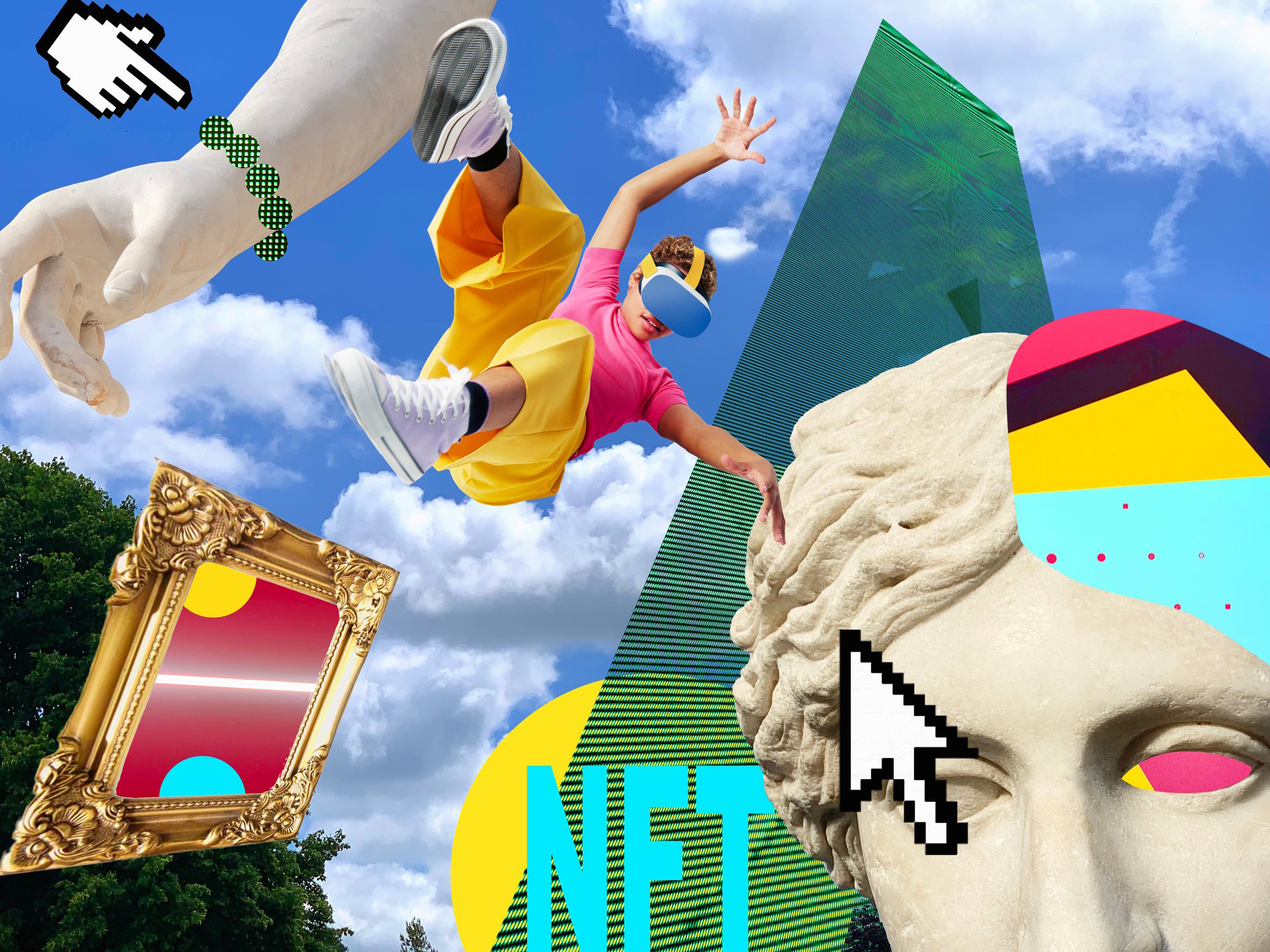What can blockchain do beyond crypto?
Blockchain technology extends far beyond Bitcoin and other cryptocurrencies. Here are five noteworthy blockchain use cases

If you’re familiar with cryptocurrency, you’ve likely come across the term ‘blockchain.’ Blockchain is the foundational technology behind cryptocurrency. Simply put, it’s a digital, decentralized ledger distributed across a network. Imagine it as a secure, publicly accessible database shared among all participants in the network.
Blockchain’s potential goes far beyond cryptocurrencies. With countless use cases, this technology is poised to simplify and enhance various aspects of our lives.
Let’s explore how blockchain technology operates in various fields beyond cryptocurrencies.
2 / 6
Supply Chains

One of the standout features of blockchain technology is its ability to securely record data that cannot be altered. This immutability proves invaluable in supply-chain management. As businesses expand globally, ensuring transparency from the source to the end consumer becomes increasingly crucial. Blockchain enables manufacturers to create and maintain reliable, traceable records of material movements throughout the supply chain.
Retail giant Walmart, for example, leverages blockchain technology to address food supply-chain challenges. This allows the company to efficiently track products and streamline its management, ensuring greater accountability and trust.
Similarly, shipping giant FedEx (FDX) says it utilizes blockchain technology to enhance its delivery services.
3 / 6
Identification records and documents

It’s common to misplace important documents such as Social Security cards, birth certificates, vaccination records, and other essential paperwork. Now, imagine moving to a new city where you’re required to present these records for verification. The process of locating and sharing them can quickly become a nightmare, especially if they’ve been lost.
Blockchain technology offers a solution to this issue by storing all your documents and identification records on a network. The tech can theoretically ensure such documents are securely stored, easily accessible, and protected from unauthorized alterations.
Blockchain has already been used for identification in real-world scenarios. For example, during the Syrian refugee crisis, blockchain technology was used to record the identities of refugees securely. It also facilitated the management of financial aid and grocery purchases, enabling refugees to access necessary resources without any hurdles.
4 / 6
Medical and health sector

Keeping track of medical records from birth to the present can feel overwhelming, especially when relying on physical files for every doctor’s visit or treatment. Maintaining these records becomes even more challenging with frequent relocations or changes in healthcare providers.
Blockchain technology offers a solution to enhance the management of patient records. By leveraging blockchain, medical data can be efficiently tracked and maintained, ensuring seamless access to critical information such as drug supply chains, treatment histories, insurance claims, payments, and more. This technology also bolsters data integrity, providing a tamper-proof system that safeguards sensitive information.
5 / 6
Real estate

It is difficult to imagine how an intangible technology such as blockchain could transform the real estate sector. But it is arguably now a reality.
Blockchain technology is enabling real-world assets, such as real estate and land, to be divided into smaller, transferable units. This process, known as tokenization, is revolutionizing the way these assets are owned and distributed.
In simple terms, the tokenization of funds is the process of converting real-world assets (RWAs) or funds into digital tokens using blockchain technology. RWAs encompass tangible assets such as real estate, intellectual properties, art, currencies, commodities, equities, bonds, money markets, and more. These assets frequently encounter challenges related to liquidity, transparency, and accessibility within the traditional financial world.
Blockchain technology enables RWAs to be tokenized into digital tokens that allow fractional ownership, potentially making physical assets more accessible to a wider audience. Tokenizing RWAs can increase liquidity, transparency, and accessibility, and is often described as a way to democratize the traditional financial markets.
Financial giants such as BlackRock and Visa have jumped into the world of tokenization. If a report by McKinsey & Company is to be believed, the potential value of tokenized assets could reach almost $2 trillion by 2030.
6 / 6
Intellectual property and intangible assets

You may have heard of non-fungible tokens, commonly known as NFTs. An NFT is a unique digital asset that can take the form of art, music, in-game items, videos, and other types of digital content stored on a blockchain network and traded using cryptocurrency as a means of exchange.
NFTs such as CryptoPunks, created by Larva Labs on the Ethereum blockchain, are among the most expensive. One art piece, CryptoPunk #5822, sold for $23 million in 2022.
At first glance, it may seem fun and also ridiculous to consider why someone would spend $23 million on a digital photo that can easily be downloaded for free. The answer is arguably the same as it is for Monalisa’s paintings. Monalisa’s paintings are so valuable because there is only one original, despite the fact that many copies were made by different artists. It doesn’t matter how many copies are made; the value of Monalisa will remain the same.
NFTs represent an early and primitive application of blockchain technology, with significant potential for evolution. They demonstrate how artists can leverage blockchain to protect their creations and secure them as intellectual property. In the virtual world, where copyrights and intellectual property rights are often ambiguous, blockchain provides a potentially powerful tool for creators to assert ownership and safeguard their work.
